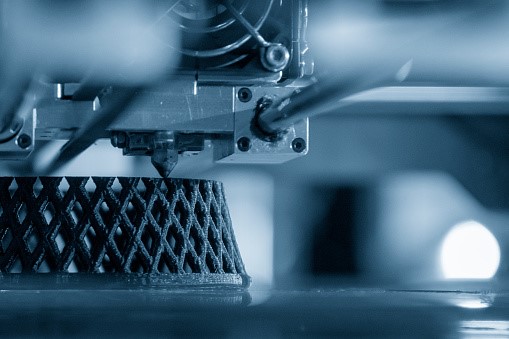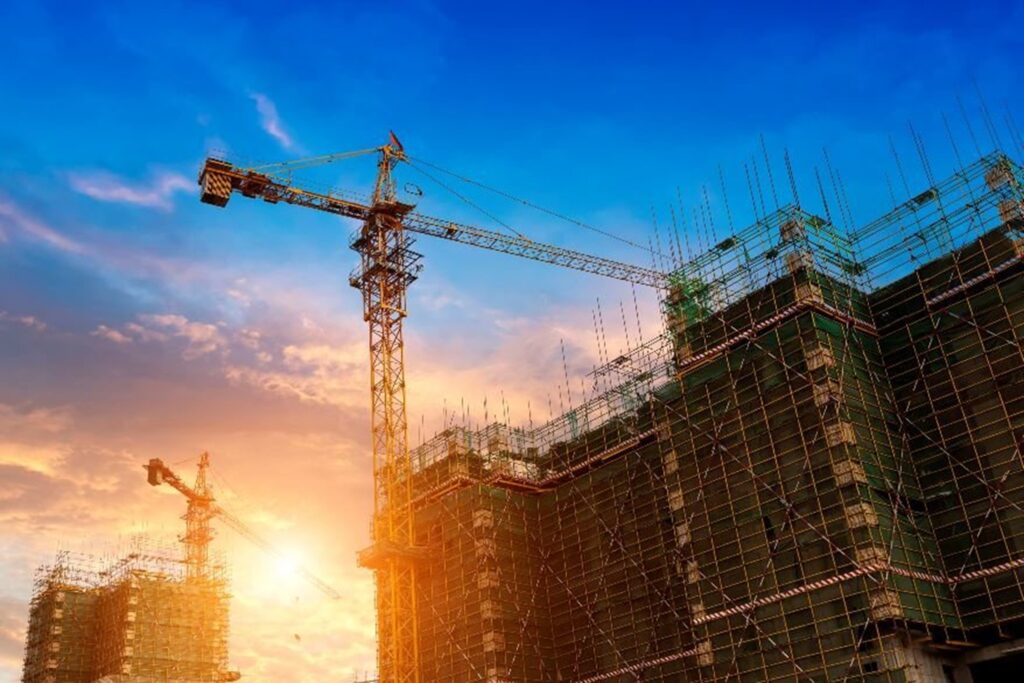What if you just sent in an application to a construction company to build you a house and- Voila! Your dream house stands ready in just 10 days? Sounds too good to be true, right?
3-D printed concrete homes are one of the hottest topics on social media right now. YouTube, Facebook, LinkedIn, and Twitter are flooded with posts about 3-D printed homes. This construction technique has millions of adoring fans across the world!
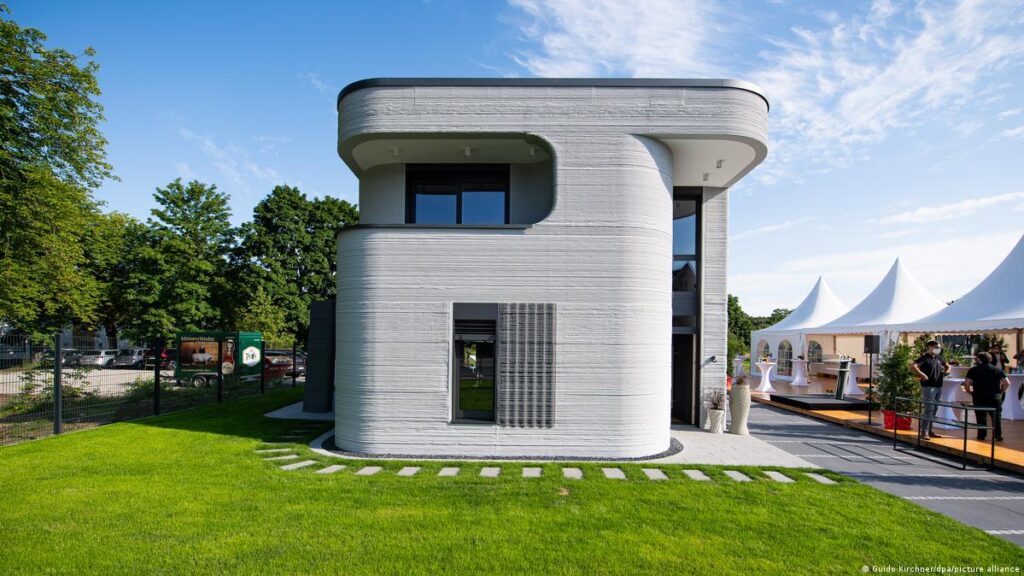
So, what is 3-D printing and what is all the hype around it?
Additive Manufacturing (AM) or Additive Layer Manufacturing (ALM) aka 3-D printing is a construction of a three-dimensional object from a digital 3-D model. It creates a three-dimensional object layer-by-layer using a computer created design.
Although the technology was developed prior and has had many variations over the years, the father of 3-D printing is however considered to be Charles Hull as he was the first person who successfully obtained a patent on this technology. He developed the first stereolithography 3-D printer (a form of 3D printing technology used for creating models, prototypes, patterns, and production parts). It is a 30-yr old technology and was invented in the year 1984 that worked by solidifying liquid resin with light.
A new generation of startups and early-stage ventures are striving to automate home building with the use of 3-D printers. They believe that the technology will result in a faster, cheaper, and more sustainable way of building homes than the contemporary way.
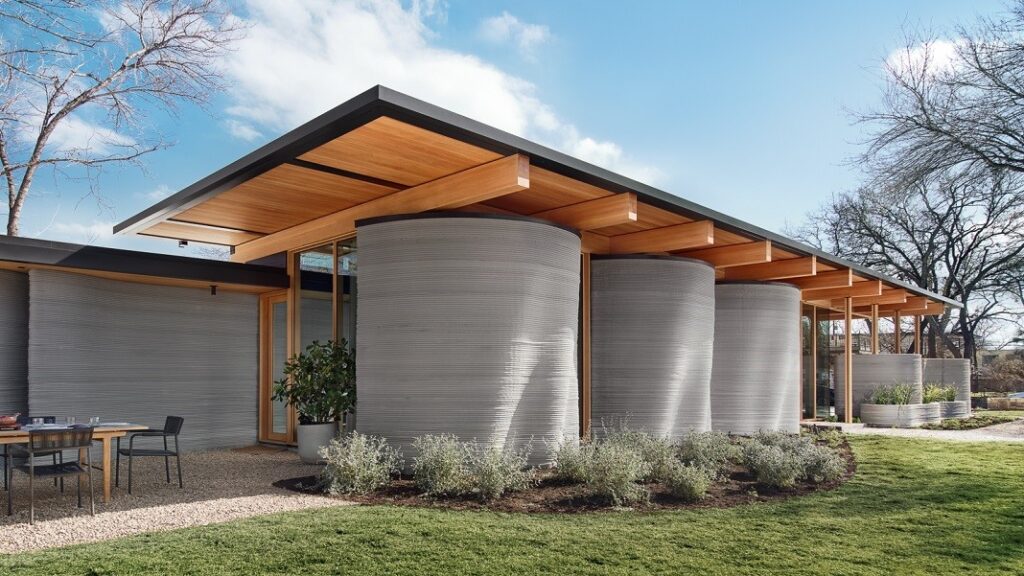
These companies also believe that the materials will last longer and are stronger in building materials. In fact, the global construction robot market is projected to reach $164 million by 2030 according to market research firm, Straits Research. No wonder that 3-D printing construction is gaining momentum worldwide.
So, first let’s dive into some stats: Nearly 40% of the world’s population will need affordable homes by 2030. And for that to happen, 96,000 homes have to be constructed every day. Secondly, the construction industry creates almost 30% of the world’s overall waste, which includes packaging materials, wood, excess cement, bricks, and the materials that are left behind.
Then, why don’t we use 3-D printed houses and get the work done in the first place?
The answer to this is a bit complicated.
For starters, a proper software has to be used for designing the outlay of the building. Secondly, you need a huge 3-D printer which is extortionately expensive. Then, the special concrete mix which is thicker than regular concrete has to be used for building the walls faster and better. Along with all these, 3-D printing is an upcoming technology and requires plethora of research and development along with constant flow of investments to keep the project viable.
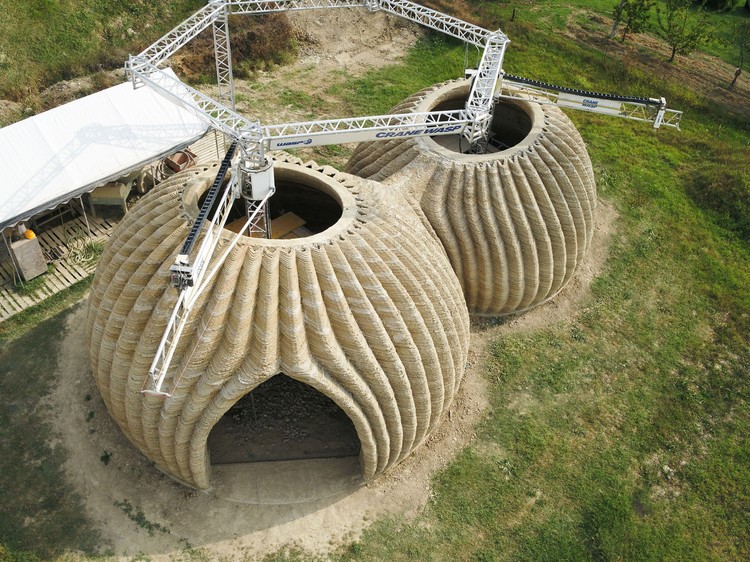
Nonetheless, the silver lining is that through 3-D printing, builders will know what exactly they need to build and the resources they require. So comparatively, waste is minimized. For instance, in Malawi, Africa 3-D printing reduced construction waste by almost 10 times and cut down CO2 emissions by 70%.
To encourage more 3-D printing of concrete in the building industry, Dubai in 2019 opened the world’s largest 3-D printed two-storeyed building. Dubai is aiming to 3-D print 25% of all its buildings by 2030. Similarly, Nantes (a city in France) is experimenting to make more affordable housing a reality.
A French family became the first in the world to live in a 3-D printed house. Their home took 54 hours to print and cost £176,000, 20% cheaper than traditional construction. Some charities are also using 3-D printed shelters to rebuild communities hit by natural disasters. A startup in Mexico is 3-D printing an entire neighborhood and is building 50 homes for the area’s impoverished families.
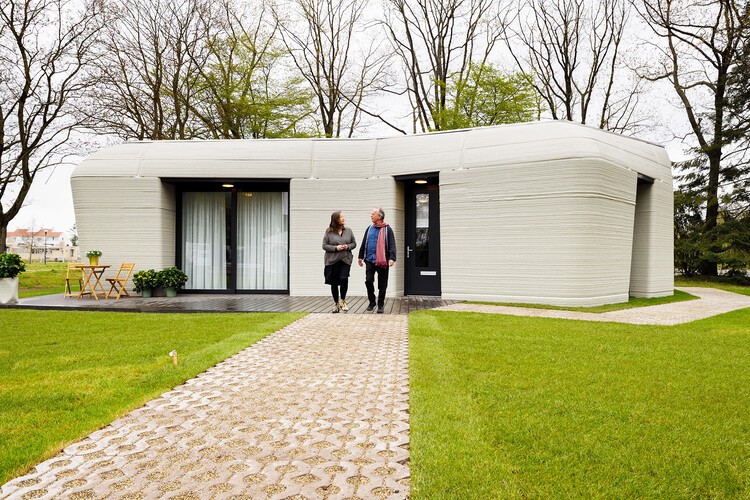
So, 3D printing is faster, economical and more environmentally friendly, then what are the impediments from embracing this innovation and henceforth, annihilate the affordable housing crisis?
First things first, a 3-D printer is quite heavy on the pocket. The most expensive 3-D printer costs $2.5 million. And the paramount matter in question is that 3-D printers create walls, not homes!
There are dozens of other components that go into building a house like windows, doors, roofs, electrical wiring, plumbing, insulation, interior walls, and sundry miscellaneous finishing expenses. Along with that, the time to ship the machine, offload it, set it, calibrate it and dismantle it, consumes time.
So the next time you hear any fluffy marketing campaign saying “It’ll cost $10,000 to build a house!”, take it with a grain of salt. These hidden costs are conveniently ignored- deliberately deviating from the truth.
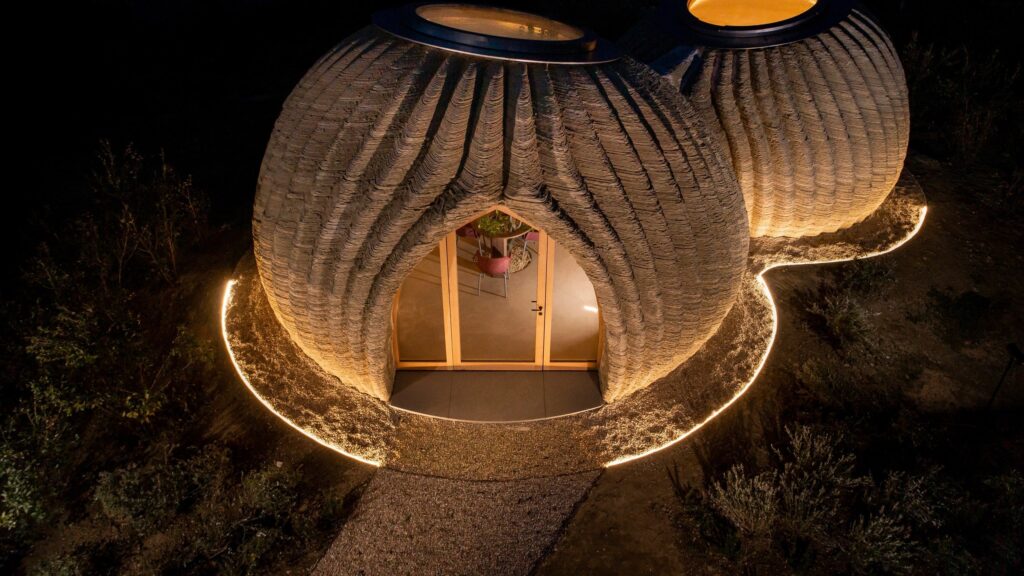
Remember the French family who were the first to shift in a 3-D printed house? Although their home was printed in 54 hours, it took them another 4 months to install the door, windows, roof, appliances, and cabinetry. So, the 3-D printer will simply create a structure for a home quickly as compared to the traditional way but the whole course of building a home is time-consuming, nevertheless.
Secondly, we have the problem of scale. In the US, there are 10 companies who are seriously dabbling with 3-D printers. But in India, the number looks way worse. The companies looking to enter this industry will have to make a massive one-time investment and unless they get a mass construction order for 3-D printed houses, it is simply not feasible for them.
Since the technology is new and complex, there will be a need for technical expertise at site. Not just programmers, but actual skilled engineers must be present at site to changeout the mechanical components. Aside from engineers, civil engineers and architects need to have exhaustible knowledge about 3-D printing technology.
Lastly, and the most crucial factor is the need of affordable land. Affordable housing needs more than just cost-effective building methods and it is evident that land is in short supply.
The only way we can make it work is to start printing multi-storeyed homes. However, 3-D printers have not been yet equipped with building multi-storeyed homes.
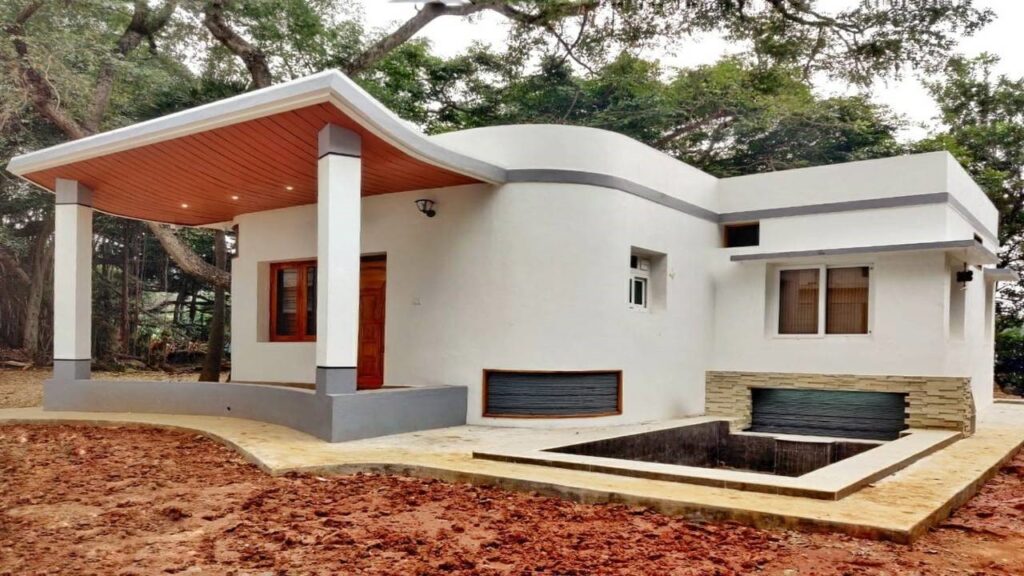
3-D printing is currently a $7 billion industry and is estimated to be worth over $32 billion in the next 5 years. Soon, all planes will be composed of 3-D printed parts. Medical 3-D printing will revolutionize the medical industry and is projected that soon it will be printing blood vessels, bones, skin, major organs and who knows, us humans too!!
Before long, even firearms such as guns will be printed. And since every solution to a problem, it seems, is a 3-D printer- global warming is also being dealt with by 3-D printers! There are now 3-D printed coral reefs in Maldives. Since 50% of the coral reefs have already died, 3-D printing has proven to be an efficacious way in creating artificial coral reefs.
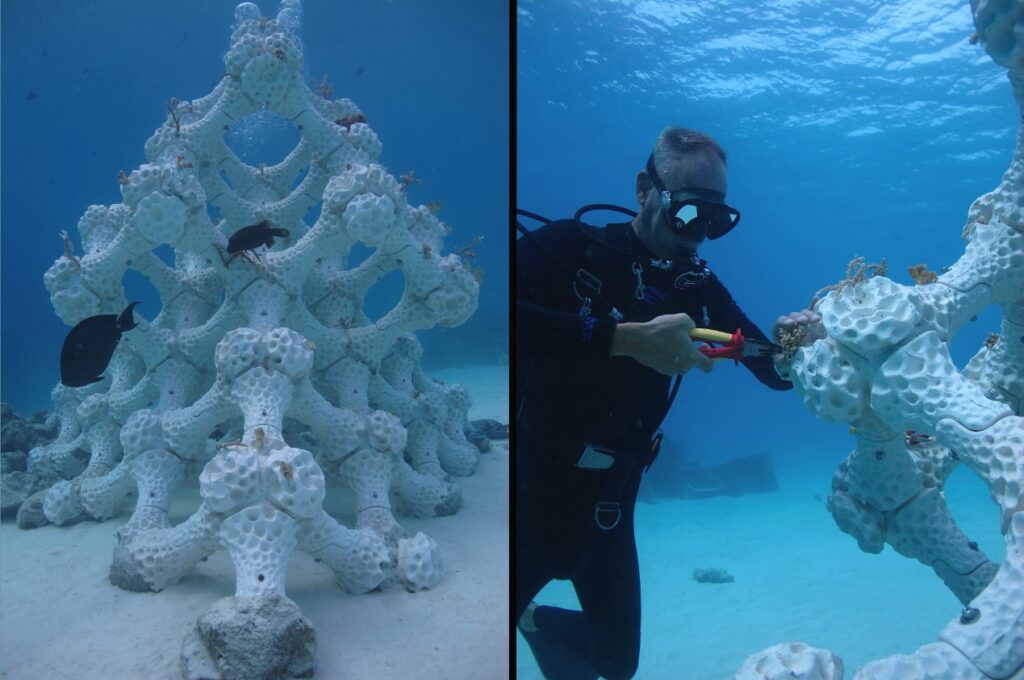
And just when you are thinking that 3-D printing cannot get more amazing than this, there is a new kid on the block *drumrolls* the amazing 4-D printer! Until then, hopefully we find a solution to affordable housing one way or another.
Written by J Shree Nidhi and Sunanda Singh
Edited by Akanksha Choudhary

